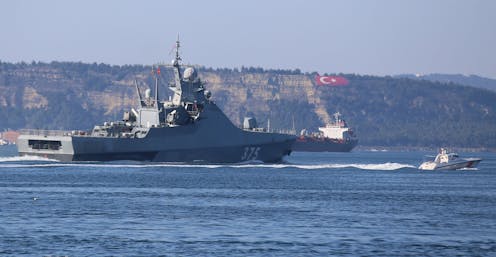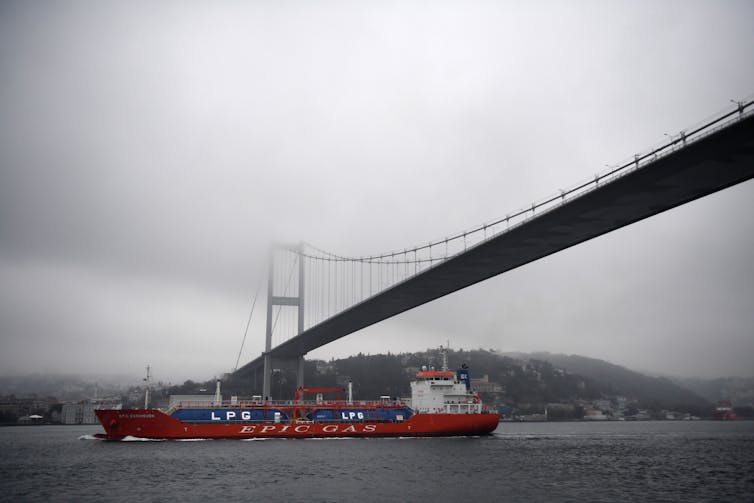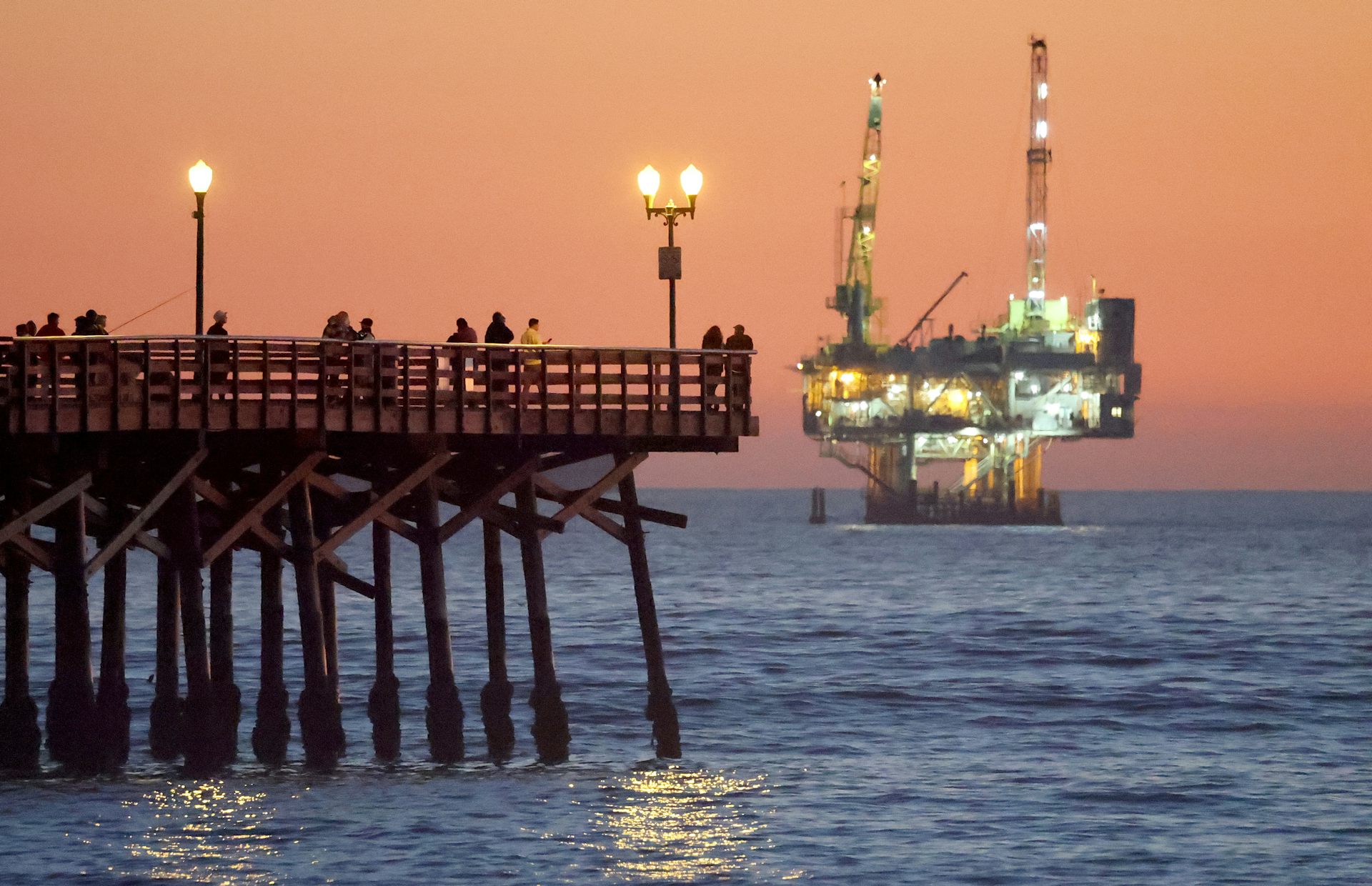What the Montreux Convention is, and what it means for the Ukraine war
The Montreux Convention Regarding the Regime of the Straits gives Turkey control over the water route between the Black Sea and the Mediterranean.

As bad as the Ukraine war is so far, an international agreement signed in 1936 is preventing it from getting even worse.
The Montreux Convention Regarding the Regime of the Straits gives Turkey control over the water route between the Black Sea – home to a major Russian naval force – and the Mediterranean Sea and beyond.
It sets limits on the passage of civilian vessels and military warships through the Dardanelles and the Bosporus straits, which with the Sea of Marmara between them form the seagoing link between the Black Sea and the Mediterranean.
The international agreement was signed by Australia, Bulgaria, France, Greece, Japan, Romania, Yugoslavia, the United Kingdom, the Soviet Union and Turkey and has been in effect since November 1936.
Now the Montreux Convention is serving an important role in the Ukraine conflict. Ukraine has asked Turkey to close the straits to Russian warships, highlighting the Turkish role in keeping regional peace. The Turkish government agreed on Feb. 28, 2022. However, several Russian warships entered the Black Sea in early February. And Turkey has said it would not prevent Russian warships from entering the Black Sea if Russia claimed they were returning to their home port.
Four key elements in the Montreux Convention regulate which vessels may enter the Black Sea in wartime:
Turkey can close the straits to warships of belligerent parties in wartime or when Turkey itself is a party to the war or threatened by aggression from another nation.
Turkey can close the straits to merchant ships belonging to countries at war with Turkey.
Any country with coastline on the Black Sea – Romania, Bulgaria, Georgia, Russia or Ukraine – must notify Turkey eight days in advance of its intention to send vessels of war through the straits. Other countries, the ones that don’t border the Black Sea, must give Turkey 15 days’ advance notice. Only Black Sea nations may send submarines through the straits, only with prior notice and only if the vessels are constructed or purchased outside the Black Sea.
Only nine warships are allowed to pass through the straits at any one time, and there are limits on how big the ships can be, both individually and as a group. No group of ships may exceed 15,000 metric tons. Modern warships are heavy, with frigates around 3,000 metric tons and destroyers and cruisers around 10,000 metric tons. Modern aircraft carriers are too big to go through, and aren’t allowed anyway under Turkish rules.

Turkey has used the convention’s powers before. During World War II, Turkey closed the straits to warships belonging to combatant nations. That prevented the Axis powers from sending their warships to attack the Soviet Union – and blocked the Soviet navy from participating in combat in the Mediterranean.
In the current situation, the Turkish government finds itself in a difficult position, as both Ukraine and Russia are important partners in critical energy and military trade agreements. Turkey, a NATO member since 1952, wants to strengthen its ties with the West while not upsetting Russia. Its control over these key straits may test its balancing act.
[Get The Conversation’s most important politics headlines, in our Politics Weekly newsletter.]
Alpaslan Ozerdem does not work for, consult, own shares in or receive funding from any company or organization that would benefit from this article, and has disclosed no relevant affiliations beyond their academic appointment.
Read These Next
New industry standards and tech advances make pre-owned electronics a viable holiday gift option
Seeing more refurbished electronic devices on the market? Thank tech innovation – and the government…
Germany’s plan to deport Syrian refugees echoes 1980s effort to repatriate Turkish guest workers
Some 1 million Syrians were welcomed in Germany after fleeing civil war. They are increasingly unwelcome…
US oil industry doesn’t see profit in Trump’s ‘pro-petroleum’ moves
Industry leaders have objected to reversals of long-standing policies, and market forces are moving…






